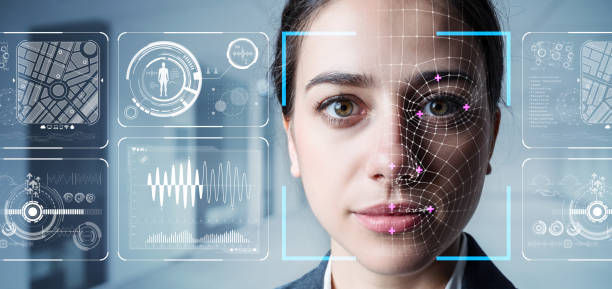Feature Extraction in Computer Vision
Introduction: Feature extraction lies at the heart of computer vision, enabling machines to interpret visual data and extract meaningful information for various tasks. In this blog post, we'll explore the significance of feature extraction in computer vision and delve into three popular techniques: Histogram of Oriented Gradients (HOG), Convolutional Neural Networks (CNNs), and Scale-Invariant Feature Transform (SIFT). Join us as we uncover the essence of feature extraction and its crucial role in advancing computer vision algorithms. The Importance of Feature Extraction: Understanding Visual Data: Feature extraction is essential for transforming raw pixel data into meaningful representations that capture essential visual patterns and structures. By extracting discriminative features from images, machines can gain a deeper understanding of the underlying content, enabling tasks such as object detection, image classification, and scene understanding. Enhancing Robustness: Feature ex...
